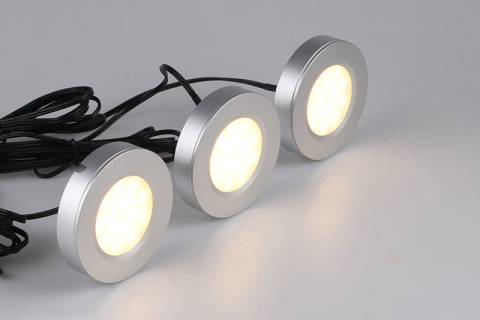Unlike traditional night lights that need to be turned on and off manually, LED motion sensor night lights monitor the surrounding environmental conditions (such as light, movement, sound, etc.) through built-in sensors, and decide when to turn the light on and off based on these changes.
According to the data provided by the manufacturer, the 600mAh rechargeable sensor night light can work continuously for about 16 hours in normal lighting mode. This data means that in normal mode, if you use it as night lighting, it can provide a full night of use time, or even a little more.
If the lamp uses LED lamps with strong ultraviolet emission, or white and blue LED lamps, it may attract more insects, especially at night or in summer. On the contrary, if the lamp uses red light or warm white light, such lamps will be less attractive and the probability of insects gathering is relatively low.
In a completely dark environment, the infrared sensor can still activate the night light by sensing temperature changes. Therefore, even in a completely dark environment, a night light equipped with an infrared sensor can work normally, provided that there is an object or human body within the sensing range.
The human activity range is an important basis for determining the installation height. Generally, the sensor night light needs to capture the movement of a person's legs, waist or arms. Therefore, the most common installation height is between 0.3 meters and 1.5 meters from the ground.
Passive infrared sensor is the most common type of motion sensor night light. It determines whether there is motion by detecting infrared radiation emitted by objects. PIR sensors are sensitive to temperature and can detect infrared radiation from objects with higher temperatures such as human bodies. In contrast, cold-blooded animals or objects with small temperature differences (such as furniture) are not easily detected.
Once the motion sensor detects a change, it sends a signal to the control unit. After receiving the signal, the control unit starts the light source unit. The light source unit starts to emit light to provide sufficient lighting.







